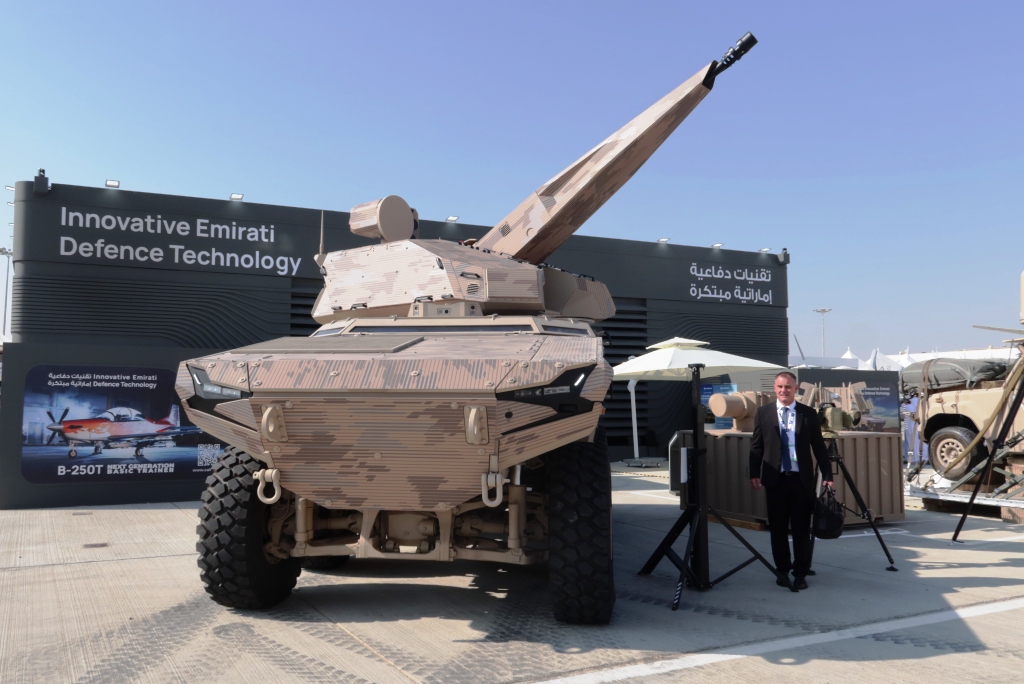Enhancing Data Sharing: NATO’s Response to Ukraine’s Battlefield Insights
Russia’s ongoing conflict in Ukraine has generated significant volumes of operational data, yet the Ukrainian military lacks an effective mechanism to relay this information to NATO allies. As 2024 approaches, NATO is poised to address this challenge.
Direct Data Exchange Initiatives
Tom Goffus, NATO’s assistant secretary general for operations, recently highlighted Ukraine’s substantial datasets that it seeks to share. During an online forum hosted by the Missile Defense Advocacy Alliance, Goffus elaborated on a collaborative training center in Poland, designed to facilitate this exchange. “We are developing a cloud-based solution aimed at effectively managing the extensive battlefield data from Ukraine, with the expectation that it will be operational on NATO’s cloud by January 2026,” he asserted.
Navigating Policy Challenges
The primary obstacles to implementation are procedural rather than technological. Goffus stated, “Ukraine possesses the necessary equipment; however, we lack a formalized policy to ensure its accreditation. The challenge lies in establishing a secure framework that aligns with our shift from network-centric to cloud-centric security paradigms.”
Learning from Existing Frameworks
To propel these efforts, NATO plans to draw insights from established cloud service providers in the United States that maintain classified environments for national security use. These partnerships aim to streamline secure communication channels among allies and enhance the integration of data systems.
“I will engage with hyperscale providers already operating secure clouds within the U.S.,” Goffus noted. “Our focus is on crafting an accreditation process that complements our capabilities. This involves adapting the culture, processes, and policies to fully leverage available technologies.”
Building a New Framework: The Path Forward
NATO intends to construct its system from the ground up, consciously avoiding the pitfalls of existing networks. Goffus emphasized the necessity of creating a framework that does not inherit previous limitations, stating, “We require a novel infrastructure—not a federated system of systems. Many of our current configurations are proprietary, which complicates interoperability.”
The objective is to utilize commercially available solutions featuring open architecture, although the government must remain the ultimate custodian of these systems to ensure control over data security and integrity.
The Imperative for Data Integration
The proliferation of battlefield data—stemming from aircraft, drones, and naval units—has heightened the demand for military forces to swiftly access, analyze, and disseminate information. This capability is crucial for operational success, including tactical response in medical emergencies.
NATO’s vision centers on synthesizing data from partner nations into a cohesive, cloud-based solution. Goffus articulated this by stating, “NATO should establish a cloud infrastructure and an open-architecture strategy that integrates the diverse systems purchased by member nations. This will facilitate comprehensive data integration, ensuring a robust backbone that national forces can depend on.”
Conclusion: A Collaborative Future
The steps outlined by NATO signal a concerted effort to enhance data-sharing capabilities among allies, ensuring that lessons learned from the Ukrainian theater can be efficiently utilized to inform future operations. By focusing on robust accreditation processes, secure cloud solutions, and fostering interoperability through open architectures, NATO is on a path to modernize its approach to military data integration. The collaboration between Ukraine and NATO holds the potential to redefine operational paradigms amid evolving security challenges.





